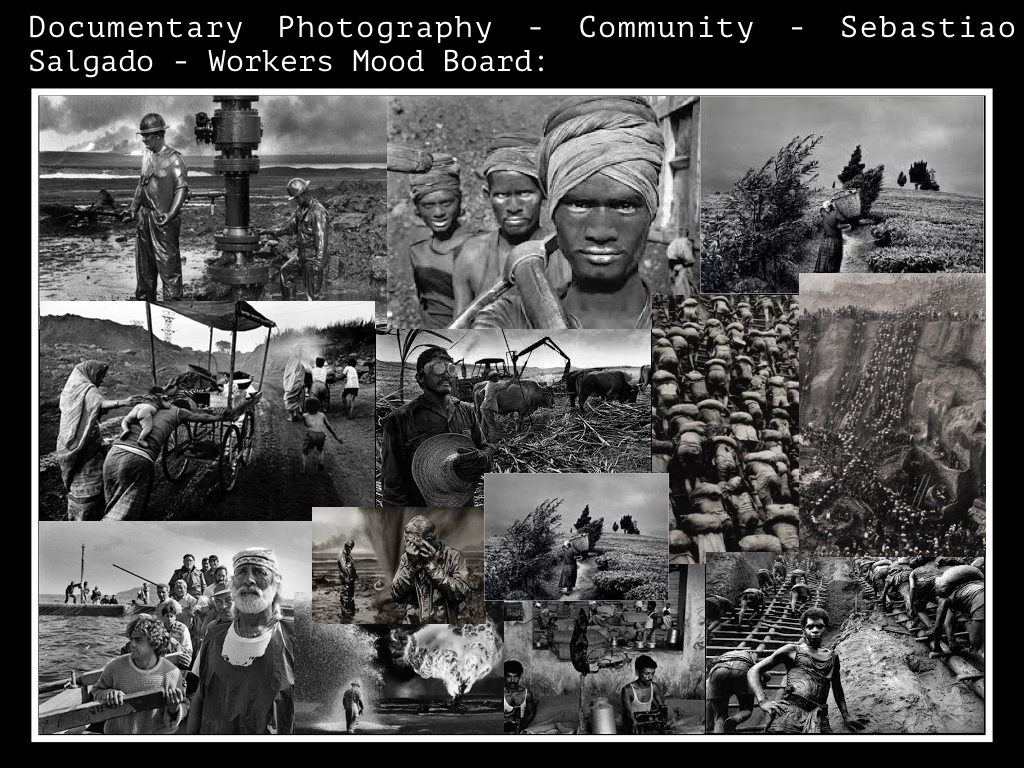.jpg)
Background
‘Moises’ is a book produced by Argentinian photographer Mariela Sancari. In 1980, when Sancari was 14 years old, her father Moises Sancari committed suicide. Sancari and her twin sister went through traumatic periods of grief, and have suffered from episodes of anxiety and depression.
After her father passed away, Sancari tried to fill the loss of her father through her imagination. She would stare at any stranger who bore resemblance to Moises, a habit which soon became an obsession. Sancari went through a stage of grief known as denial and effectively created a fantasy that her father was still alive somewhere, and seeing men that would of been her father’s agitated this obsession.
Sancari, who trained as a photographer worked for eights for a large Mexican newspaper. See soon however became disillusioned with this and starting to work to her own, personal photographic projects. In 2011 she gained a photographer in residence place at the Centro de la Imagen, and during this time she worked on a project entitled ‘Moises’.
Evaluation
‘Moises’ is a very personal and unique project. Sancari put out a newspaper ad asking for men in their 70s that bore resemblance to her father, (the age Moises would have been if he was still alive) to pose for portraits.She dressed the men up in old clothes of her father, getting them to complete similar activities she remembered her father doing, such as shaving and brushing Sancari’s hair. Sancari described the process as a “very strong, intense situation”. The outcomes of this photo-book, displayed in an unusual pop-style display are very raw, original and authentic. The images are effectively a retrospect of what her father may have been like, had he have lived.
I find that the concept of this series to be very effective and powerful. Sancari uses memories of her father, as she describes, “my memories of him are very childlike. I’ve built a shrine.”. The images included in the photo-book are very simplistic, classically composed portrait styled photographs with a plain blue background. The subjects in the book stare camera into the camera, conveying a plain, neutral expression. I find that this simplicity is very effective makes the story very raw and grounded solely in the theme of Sanceri father. The impression I gain about Moises through her retrospective representation of him is that he was a very normal, loving family man. A theme that Sanceri subtly explores through the photographs is intimacy, convey most clearly through close ups of one of the men saving.
Overall I enjoyed this book. The handmade, pop-up style makes the book very personal and the story Sancrini tells is very subtle, poetic whilst at the same time being heartfelt and consistent to the difficult but fascinating theme of Sanceri attachment to her deceased father. It tells a personal story
I like how Sanceri has used men her father’s age to fill the gap as obviously she can’t photograph Moises. This might be an interesting theme to explore within my own project, the use of other subject to retrospectively image what my granddad may have looked like had he still been alive today. The image composition is very basic and simplistic, whilst at the same time being strong and striking. This simplicity is something I want to emulate more when I take my images. Is emphasis of mood over how an image looks is interesting and my exploration into vernacular photography is a good starting point to reflect within this.





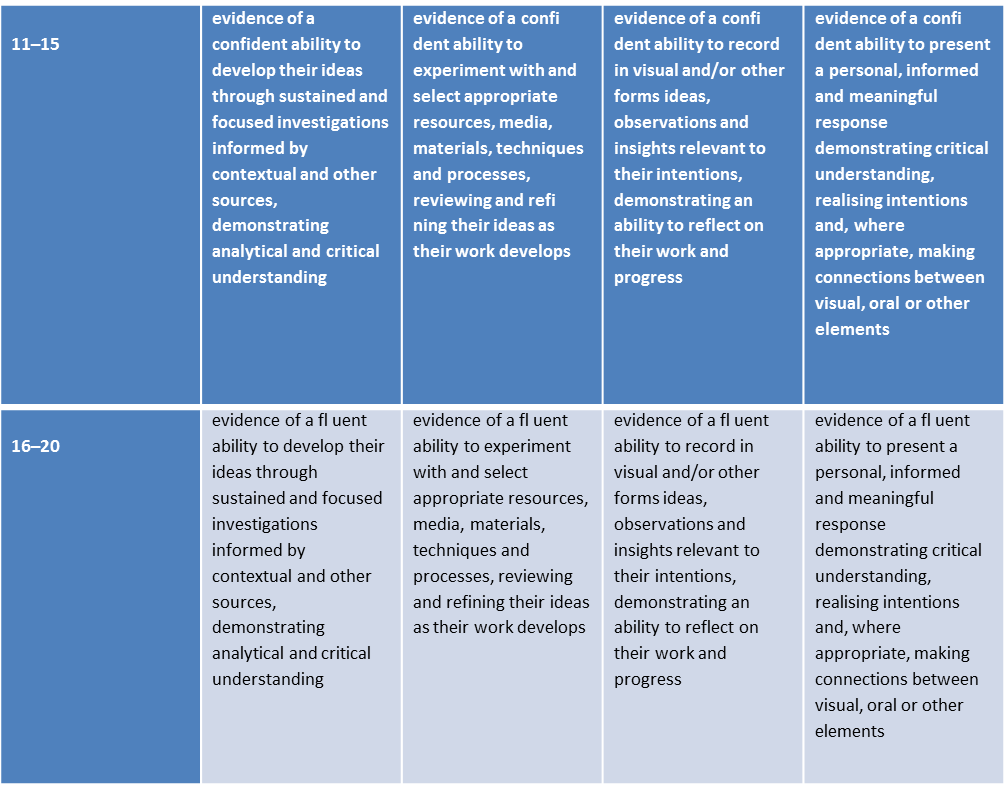


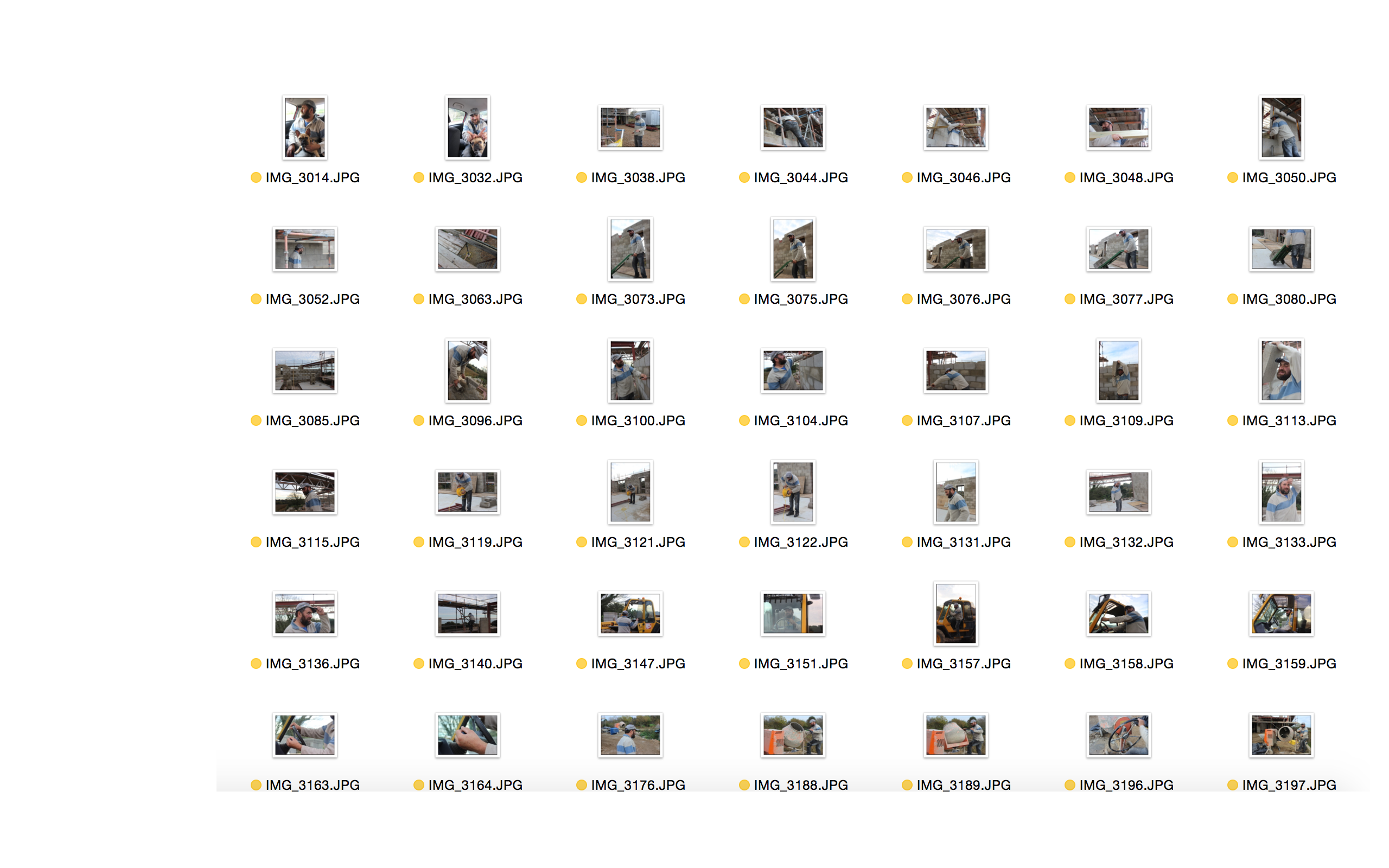
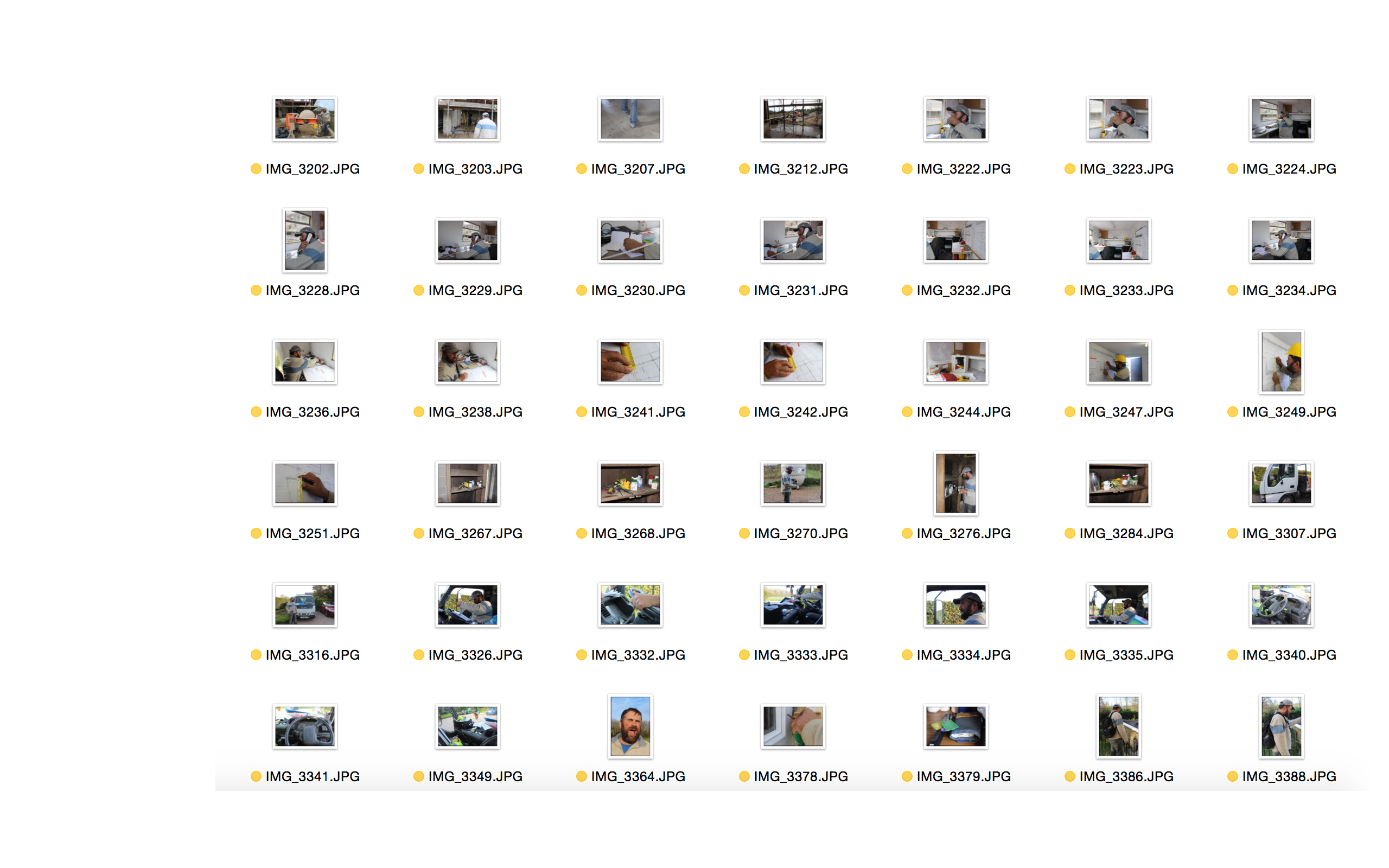

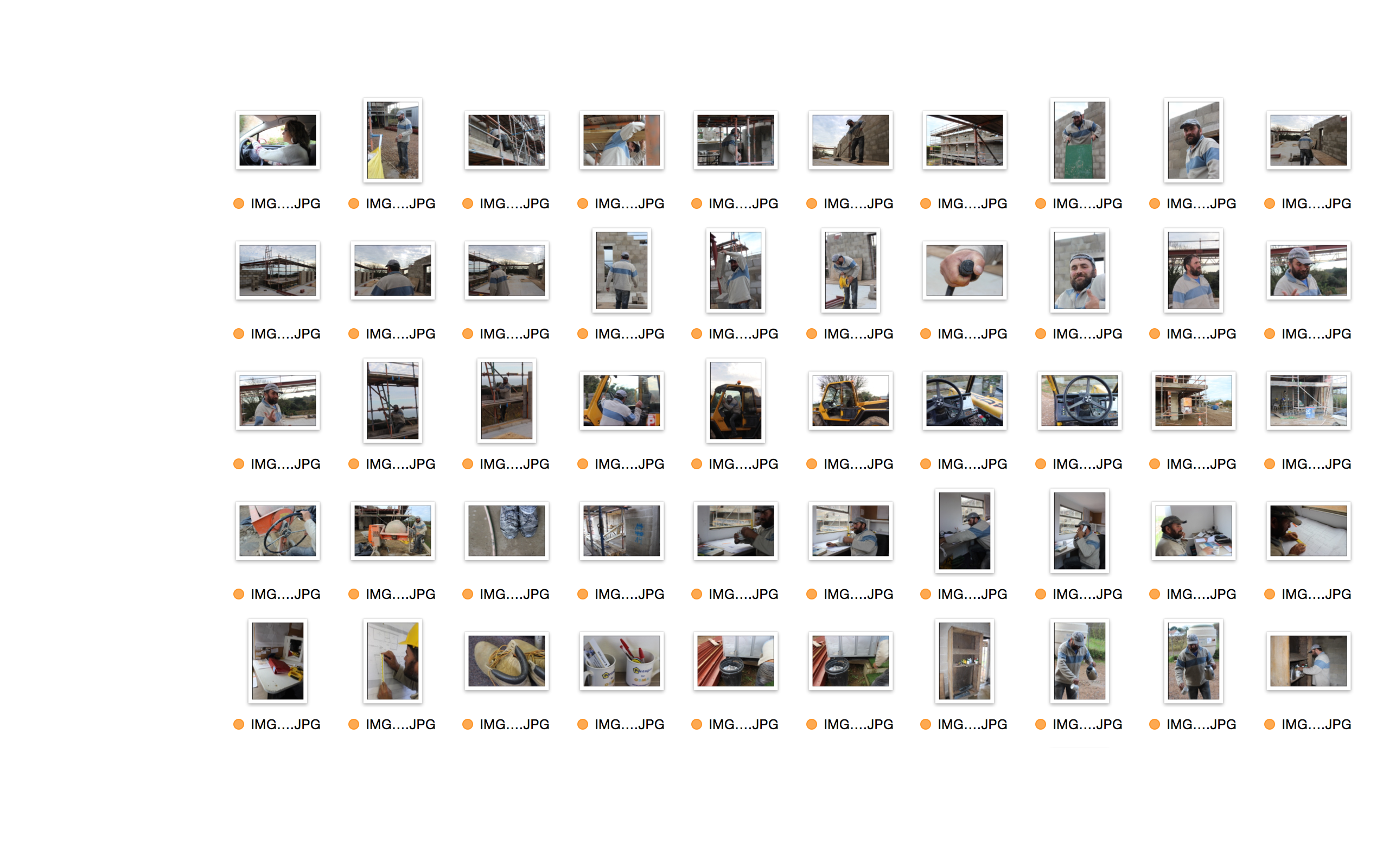
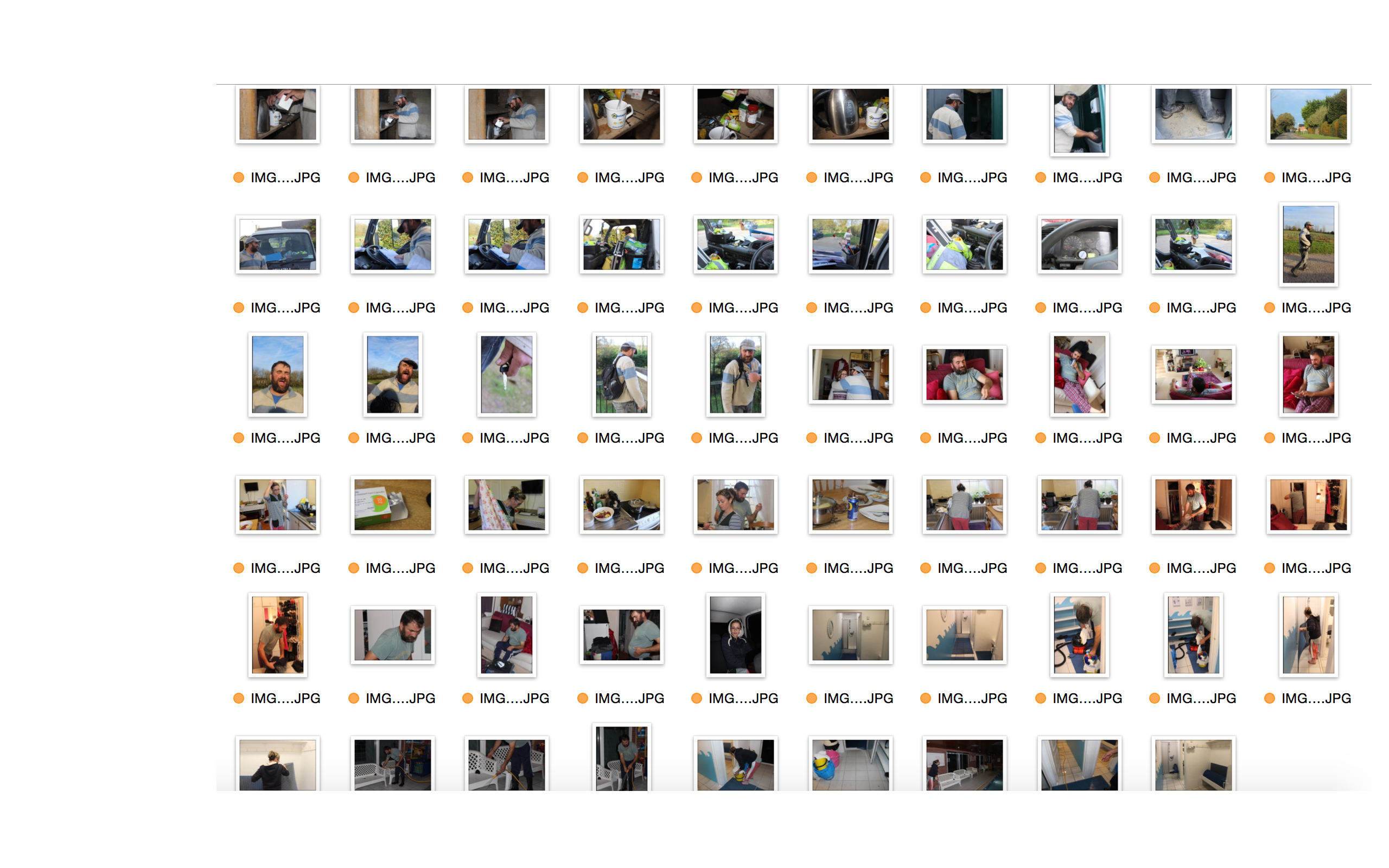
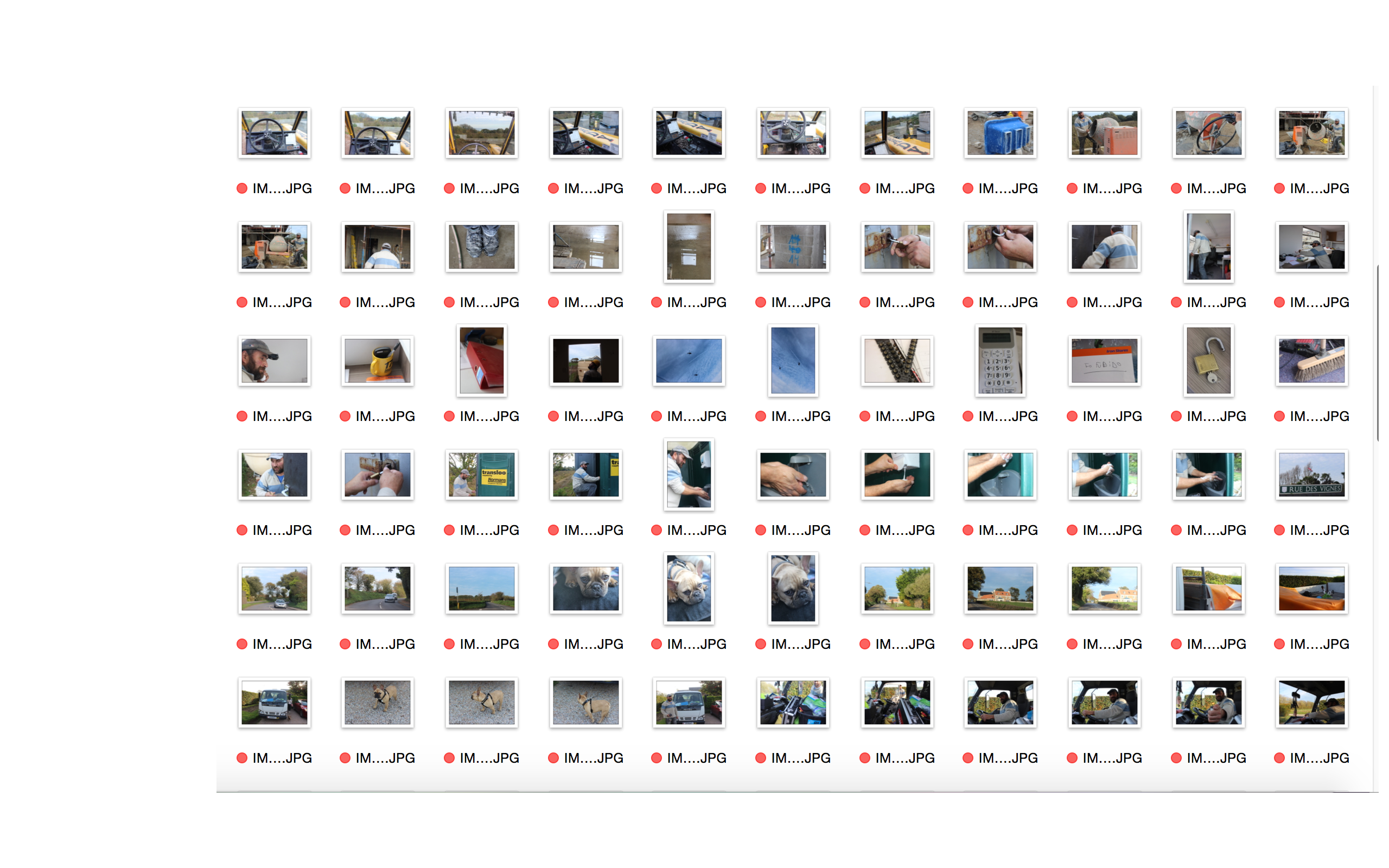

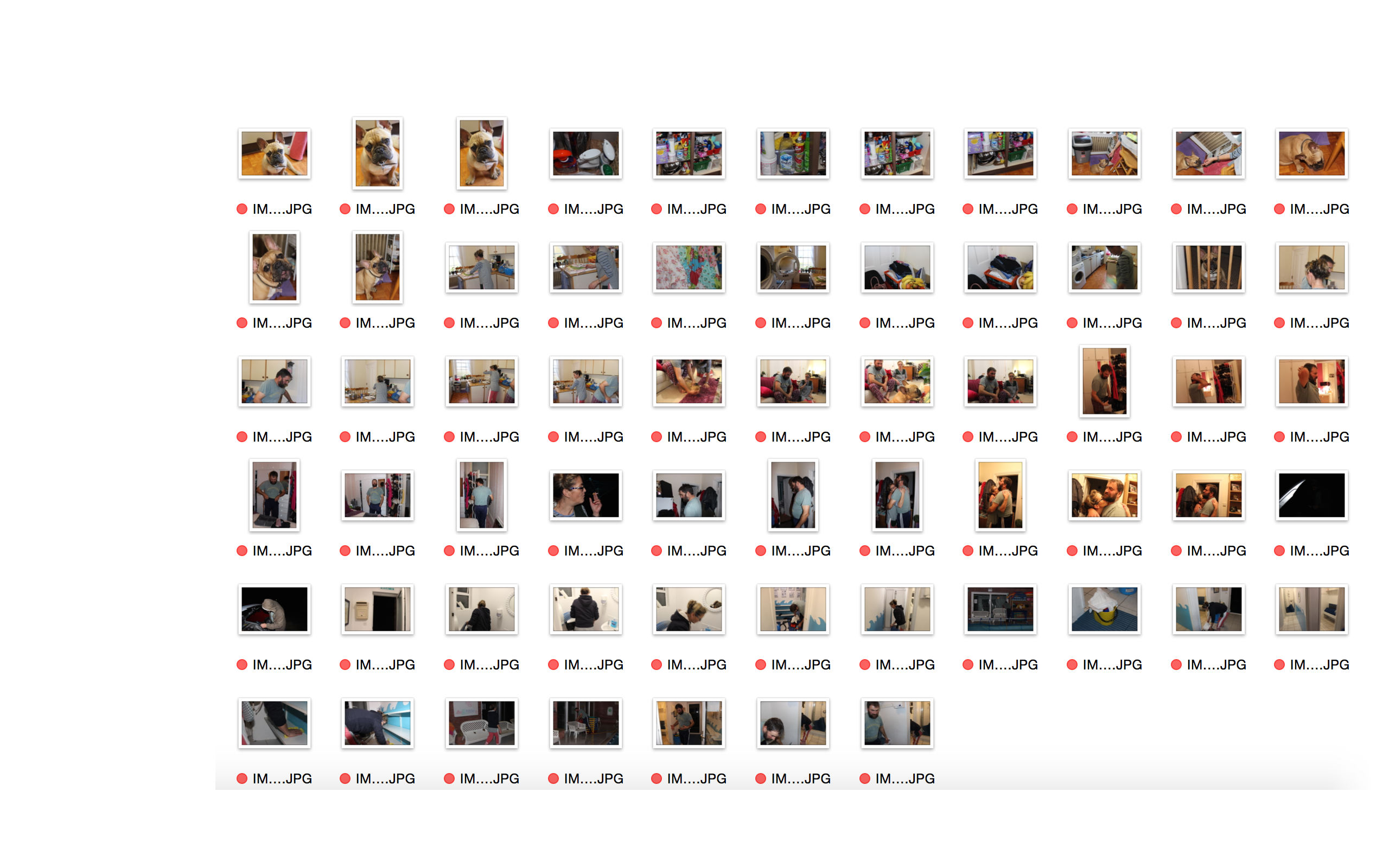
.jpg)


















